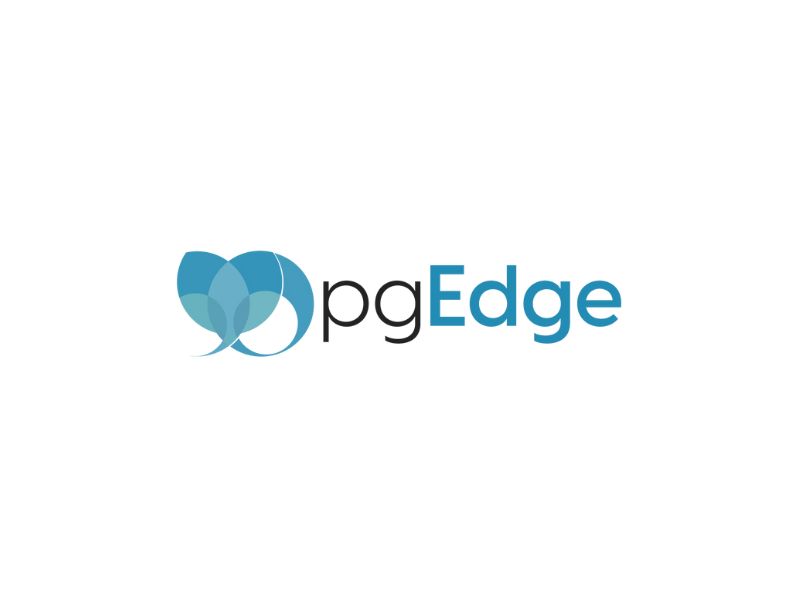pgEdge, Inc., the leading company dedicated to distributed Postgres, has officially announced the introduction of pgEdge Platform v25, which builds upon the company’s existing Platform v24.
According to certain reports, the stated new version arrives featuring various significant improvements to reinforce its position as the only distributed Postgres solution open (source available) and completely based on the standard PostgreSQL database. More on the same would reveal how it scales up Postgres logical replication to now include large object support, as well as enhanced error handling.
Talk about the whole value proposition on a slightly deeper level, we begin from the promise of true zero downtime for node addition and PostgreSQL upgrades.
The technology further supports Postgres version upgrades. These upgrades ensure that a user’s cluster is Always-On, Write-Anywhere. Not just that, all nodes are also fully read and write-enabled, while simultaneously enabling you to bring a new one up to speed, and therefore, better accept traffic.
It can also facilitate major (and even minor) version upgrades through a new, upgraded node and then decommission the old node.
Anyway, next up, we have the prospect of expanded conflict resolution, something which now caters to a broader range of scenarios, including common edge cases encountered in distributed workloads.
For Insert-RowExists scenarios, two Inserts with the same Primary Key, now automatically convert the second insert into an all-column update.
As for Delete-Row Missing scenarios attempting to delete a non-existent row, they are now automatically resolved as desired behaviour. It will also become possible, moving forward, to configure pgEdge and check non-null Unique Constraint violations before attempting to resolve with a Last-Write-Wins update
Moving on to the focus on bolstering performance, it entails a transformation of Exception Handling and Lag Monitoring to provide greater performance and accuracy.
From a specific standpoint, Exception Handling can now be performed in-memory so to provide an order-of-magnitude speed improvement over the original pgLogical method.
Lag tracking, on the other hand, is now calculated at the target node, leading to improved accuracy. Such a mechanism can also come in handy to prevent an ever-increasing reported lag during times when there is no write activity to replicate.
Another detail worth a mention is rooted in the availability of interactive installation. You see, a new installation procedure is going to interactively guide customers through the needed information before creating the configuration file for them.
The idea here is to provide a much easier way for customers to set up their cluster, especially for first time users, ensuring that configuration files are created properly. The new script also goes a long distance to help users learn what information is needed for a successful install.
Hold on, we still have a couple of bits left to unpack, considering we haven’t yet touched upon the a facility committed to backup & restore strategy / pgBackrest integration. We say so due to pgBackrest’s inclusion as a default part of the platform configuration, thus allowing users to easily configure backups.
Apart from that, there a backup & restore strategy guide focused on helping customers get started. Users can, thanks to that, now configure backup and restore without having to find and install their own backup method. They can also access guidance on recommended backup/restore strategies.
Rounding up highlights would be the introduction of Active Consistency Engine enhancements. These enhancements are geared towards facilitating faster performance, improved flexibility, and expanded automation for detecting and resolving data discrepancies across nodes.
Founded in 2022, pgEdge’s rise up the ranks stems from empowering developers to seamlessly build and deploy highly distributed database applications across global networks. The company’s excellence in what it does can also be understood once you consider it is currently trusted by the likes of Bertelsmann, Qube RT, Jobot, European Parliament, and several U.S. government agencies.
“We are very pleased to announce that pgEdge Platform v25 is available and as before, built on standard open source PostgreSQL,” said Phillip Merrick, Co-founder and CEO, pgEdge. “In collaboration with our customers, partners and community, we have designed these new features to make the product easier to use while continuing to enhance our distributed Postgres capabilities in further support of high availability and low latency.”













